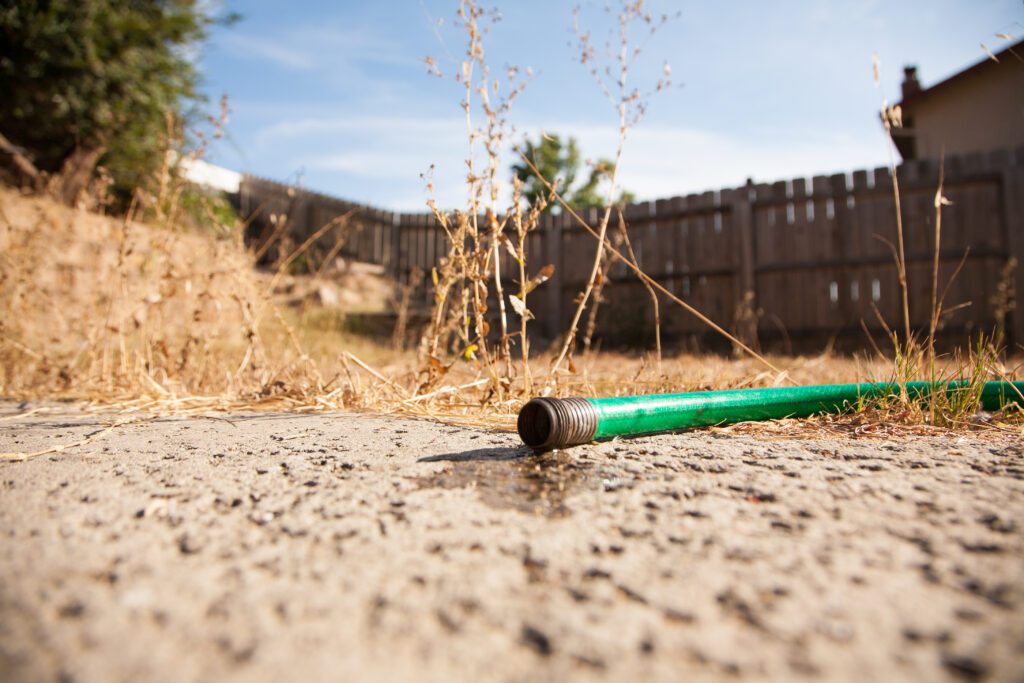Picture this scenario: a customer pays for a car wash, but upon using it, they find the spray gun dispenses water in short bursts when they hold down the trigger rather than a steady stream. An interrupted stream means the pump is pulsating, which may result in an ineffective wash or rinse. Here are four causes of a pulsating pump and some quick fixes to get you back up and running fast.
1. Damaged Spray Gun or Clogged Tip
If your pump is pulsating, the initial step is to examine the spray tip. Check if there’s any blockage by looking at the opening. If there is, eliminate the debris that’s obstructing the orifice. If you can’t unclog the tip, it’s best to replace it. Should the problem persist, inspect the spray gun for damage. Even if the spray gun’s exterior appears fine, something is potentially worn out or damaged. We offer a variety of tips and spray guns to meet your requirements, and our shipping is speedy!
2. Debris Stuck in a Valve
If the tips aren’t the problem, you’ll want to inspect your valves next. Remove them from the pump and look for dirt and debris wedged inside. All you need to do is clean out the valve and reinstall it. Before you reassemble the pump, check the O-rings and other components of the valve wear. Replace any worn parts while you have the pump apart. We carry repair kits and individual parts for the most popular brands of car wash and pressure washer pumps should you need to purchase replacement parts. If you need a valve removal tutorial, check out our Fix It With Phil video where he shows how to repair a CAT 530 pump. The process to remove a valve is similar for many plunger and piston style pumps.
3. Starving the Pump of Water
If your pump is pulsating, it could be due to a lack of water. Here are some steps you can take to identify the problem:
- Check the inlet filter for any debris and clear it out. If the mesh inside is worn out or has holes, replace it. If the mesh is not removable, replace the entire filter.
- Inspect the inlet side of your pump and all the plumbing running to your pump’s inlet for any loose or corroded fittings that could be sucking in air. Also, check for any stuck closed check valves, regulators, or other equipment preventing flow to the pump.
- Hook up the pump’s inlet directly to a garden hose; this bypasses all the plumbing. If the pump does not pulsate, the issue is likely in the inlet plumbing, and further troubleshooting is needed.
4. Head Washout

The last cause of pulsation to check for is a washed-out manifold. The head of your pump houses all the valves and O-rings critical to the function of your pump. A sign you have a washed-out manifold is that your valves and O-rings will wear out fast. If this is happening, check for erosion inside the manifold.
Years of service will erode the material inside the manifold head. Think of how a river erodes rock, which over thousands of years, creates canyons. The other cause of manifold washout is running harsh chemicals through the pump. These chemicals will eat away at the metal much faster than water or non-corrosive chemicals. Either way, you will need to address the washed-out manifold.
Once you determined the manifold is washed-out, there are multiple ways to proceed. You can either have a professional re-sleeve the current one on your pump, or you can purchase a new head. If corrosive chemicals are causing your manifold to washout, consider investing in one constructed with a material which prevents washout such as brass plated with chrome or nickel. Some manufacturers we distribute even make corrosion-resistant versions of their most popular pumps. These pumps ship already equipped with brass manifolds plated in chrome or nickel so your new pump is ready for corrosive applications.
Now that you know what causes a pump to pulsate and how to fix the problem, you can repair your pump and be confident it will function correctly. Your customers will not only have a great experience, but they will also get a clean vehicle. Plus, they will recommend you to their family and friends because they trust your equipment to perform, which means extra profit for you, and who does not love earning extra money?













